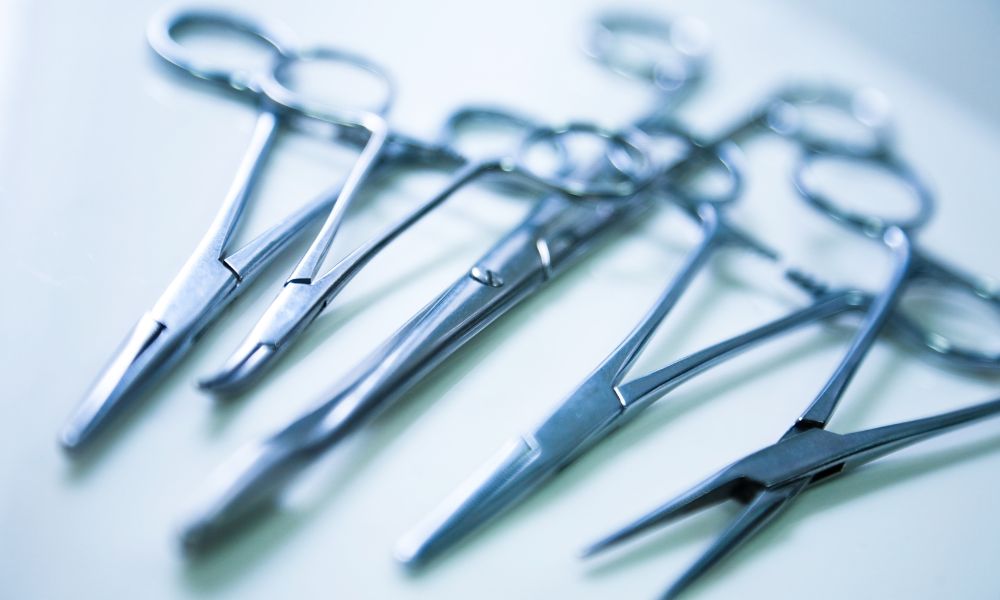While disposable medical instruments have their uses, reusable medical devices are becoming increasingly important in the medical industry. Because these devices are useful in treating multiple patients, they present an opportunity to provide consistent care while reducing overall costs. However, for these tools to provide the safest treatment for patients, it’s vital that healthcare professionals know how to best clean them between each use. We will highlight some best practices for cleaning reusable medical devices that will enhance their safety and prolong their useful life.
Perform a Preliminary Cleaning
The first step in cleaning reusable medical devices is to remove any visible contaminant or debris, either manually or mechanically, if possible. This preliminary cleaning is vital as it limits the bacterial growth, reduces the amount of disinfectant necessary for the next step, and ensures the quality of the final cleaning process. Depending on the type of product being cleaned, the device may require soaking in enzymatic detergents for a stipulated time or submerging in warm water to assist in loosening debris. Once the preliminary cleaning is complete, rinse the devices with water to remove detergent or debris.
Follow With Thorough Disinfection or Sterilization
The next step is thorough disinfection or for the device to be fully sterilized. Each device according to it’s intended use will have different requirements and processes to be subjected to. Every reusable medical device requires specific cleaning instructions for use that is developed by the manufacturer. The process is then validated for its effectiveness. Immersing the product in a high-level disinfectant for a specified time is one process used to eradicate infectants and microorganisms, this process is used in place of sterilization.
Allow Your Device Time to Dry
After thorough cleaning, another best practice for cleaning reusable medical devices is to allow it to dry before using or storing. Sufficient drying prevents bacterial growth, reduces the harshness of the sterilization process, and extends the life of the device. Therefore, the devices should be left to dry per the manufacturer’s specific instructions for use.
Always Inspect to Ensure Quality Results
Lastly, inspect the devices thoroughly before and after the cleaning process. This inspection stage is crucial as it ensures the devices are properly cleaned and ready for reuse. Inspect both external surfaces as well as accessible internal components to ensure there is no visible debris, discoloration, leakage, or damage that poses contamination risks.
Cleaning reusable medical devices can be a daunting task, but the key to successful cleaning practice is to follow the manufacturer’s guidelines. At HIGHPOWER, we strive to provide full-service support to our clients throughout each phase of device design, validation, and regulatory approval. Our medical device decontamination services help manufacturers find the perfect process for cleaning and sterilizing their devices. This way, healthcare professionals always know exactly what to do to make products safe for continued use. Every device is unique and requires specific cleaning procedures, reach out to HIGHPOWER for support in finding the right process for you.
